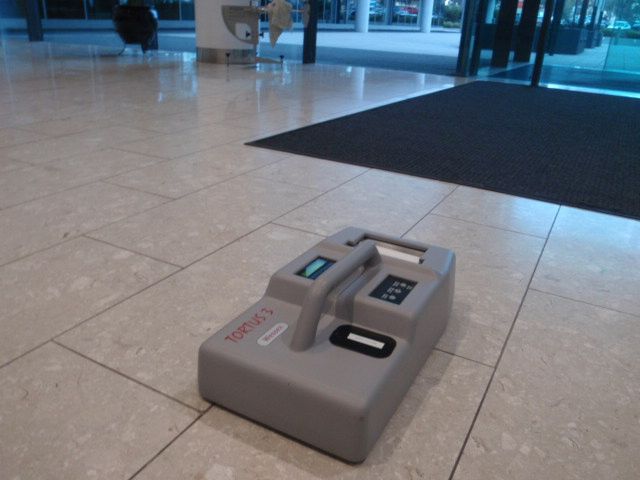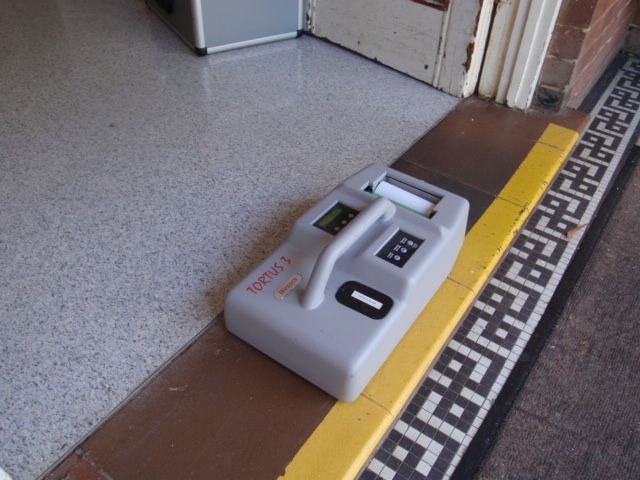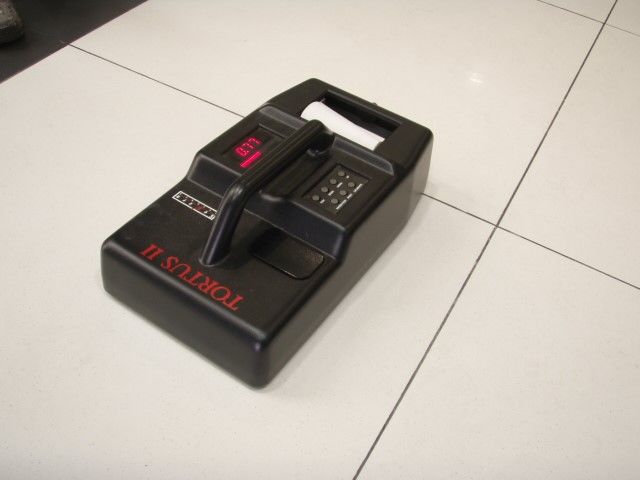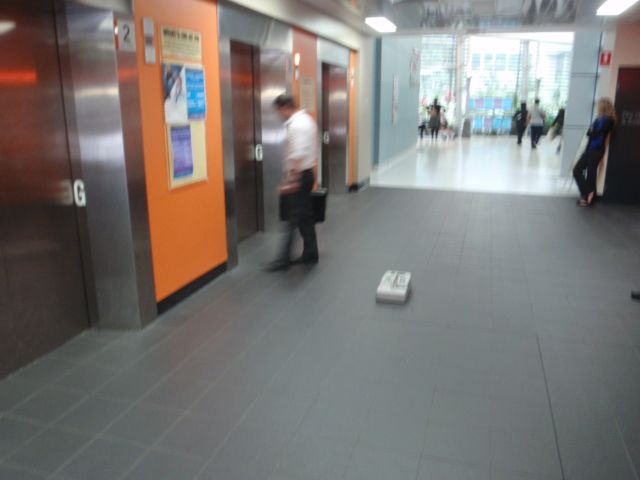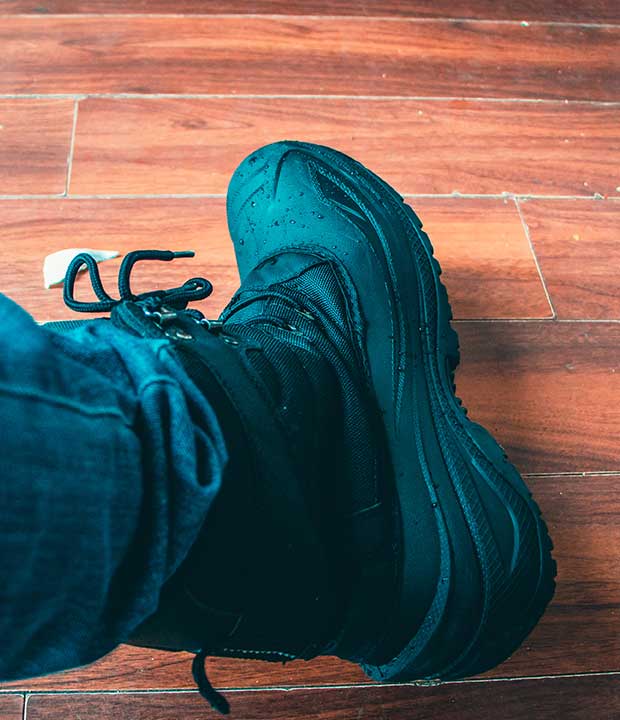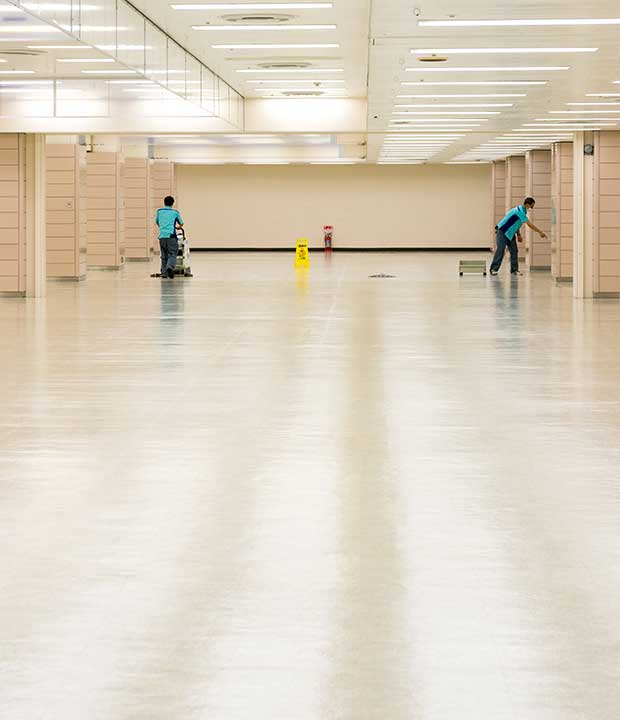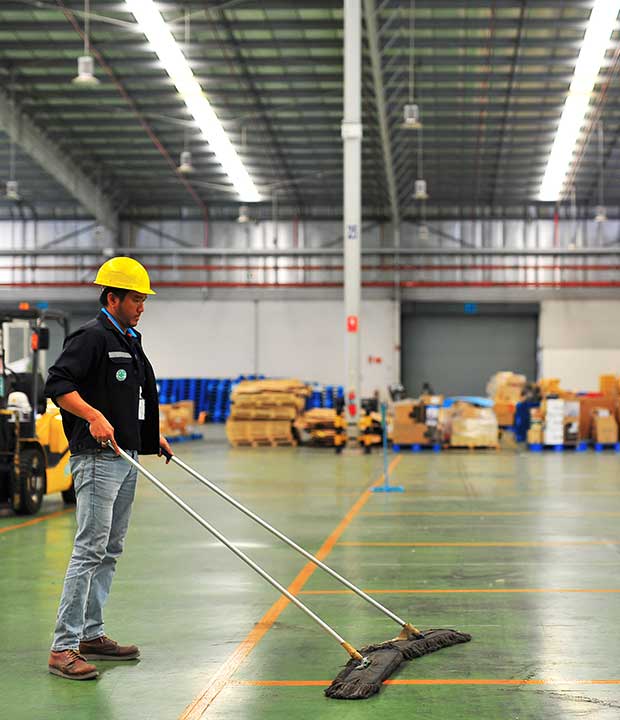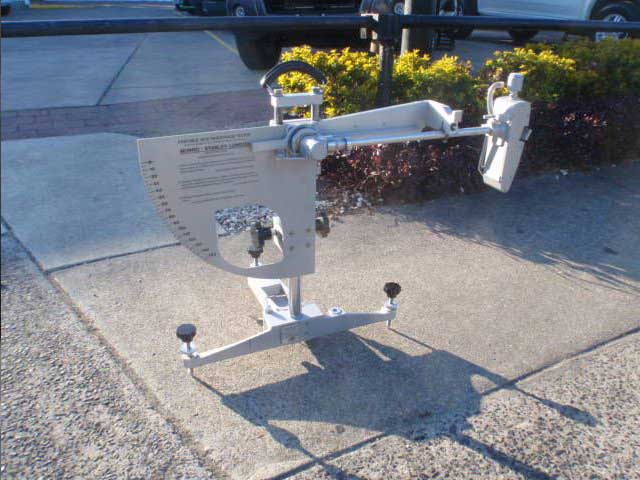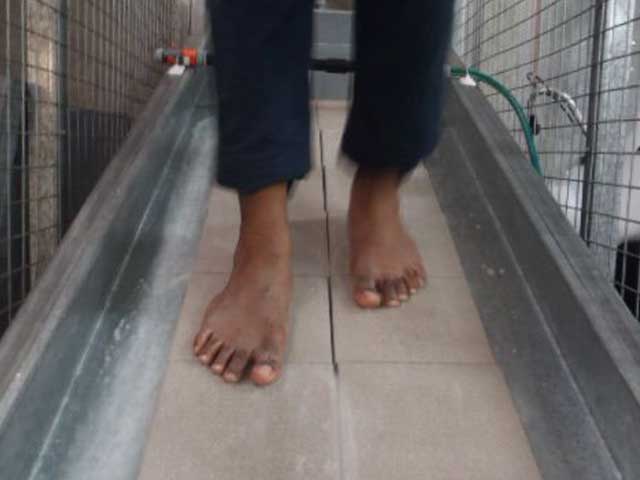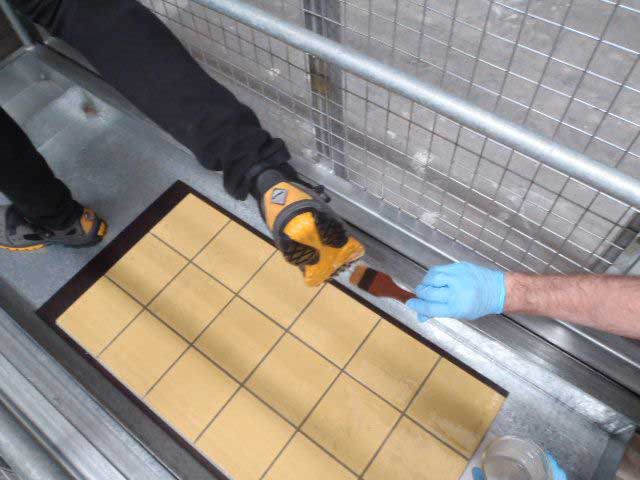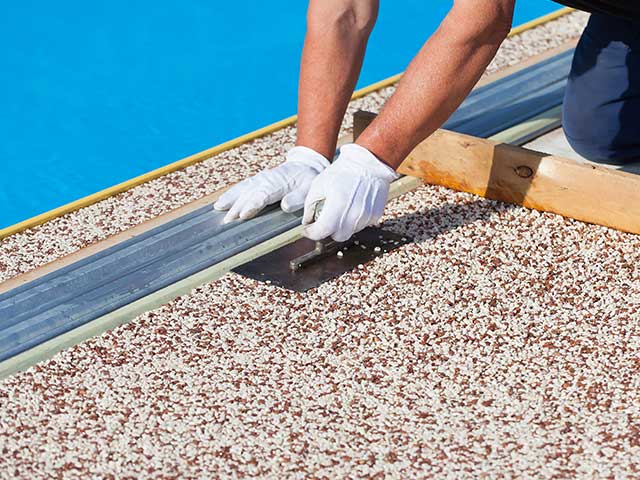The dry floor friction tester is a machine which measures the slip resistance of floors in a dry condition. The most commonly used equipment for this type of test is known as the tortus.
This is aptly named due to the slow movement over the floor surface being tested. There have been three versions of the Tortus friction testing equipment, with MK 3 now being able to download data onto a memory stick to then be analysed in more detail later.
How does the dry slip testing equipment operate ?
The dry slip resistance testing equipment operates by measuring the force applied to a rubber slider as it is dragged along the floor. The slider is of a 9 mm diameter disk made of Slider 96 material and have a weight of approximately 200 grams. The Coefficient of Friction (CoF) which is what the dry FFT measures is a ratio of the horizontal force compared to the vertical weight of the slider as it moves along the floor; simple high school physics.
Prior to measuring the frictional properties of the floor surface, the slider is conditioned using P400 grade paper to provide consistency in the roughness of the test material. The machine is also corrected prior to measurements to account for the weight of the slider. This is also commonly referred as calibration.
The slip resting testing is conducted in dry conditions and the machine moves across the surface at a rate of about 1 meter per minute. The total distance travelled is 800 mm, being in line with the Australian Standard for dry slip resistance testing. Each 800 mm of travel is then further broken up into individual measurements of 100 mm to assess if some sections of the floor were found to obtain results lower than 0.40 or 0.35, depending on the slip testing standard.
Be absolutely assured. Safe Environments is NATA accredited for Noise testing
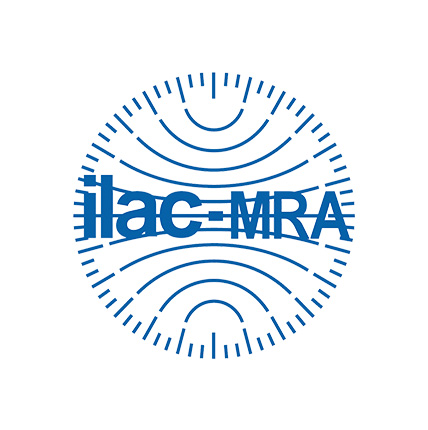
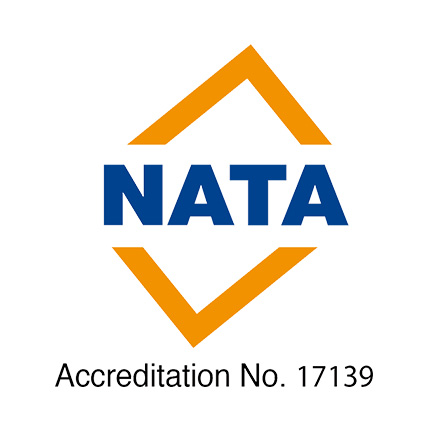
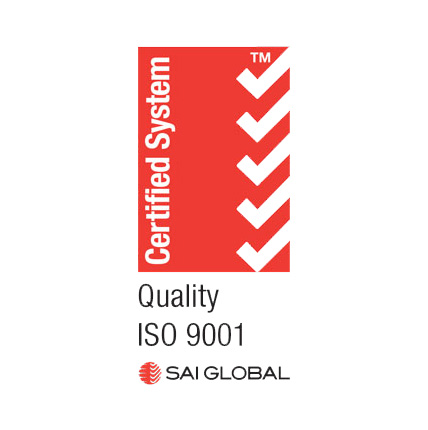
Ensure a Safe Environment
For more information on noise testing or management please contact one of Safe Environments Occupational Hygienists or Noise Consultants located in the following Australian cities:
Melbourne & Victoria
Unit 25, 1 Millers Rd Brooklyn VIC 3012 Australia
NSW - Sydney, Newcastle & Wollongong
Unit 4, 40 Bessemer Street, Blacktown NSW 2148
